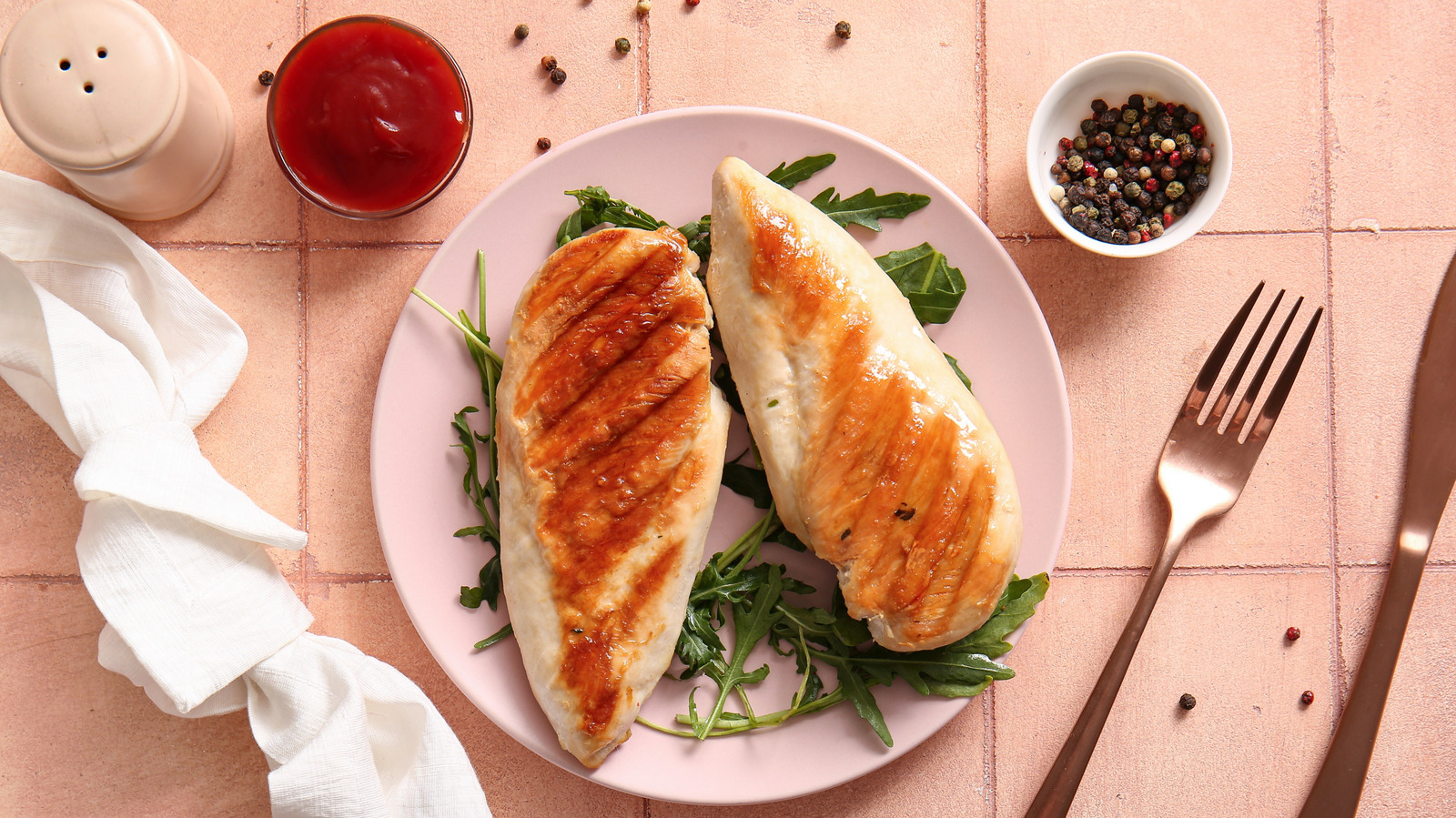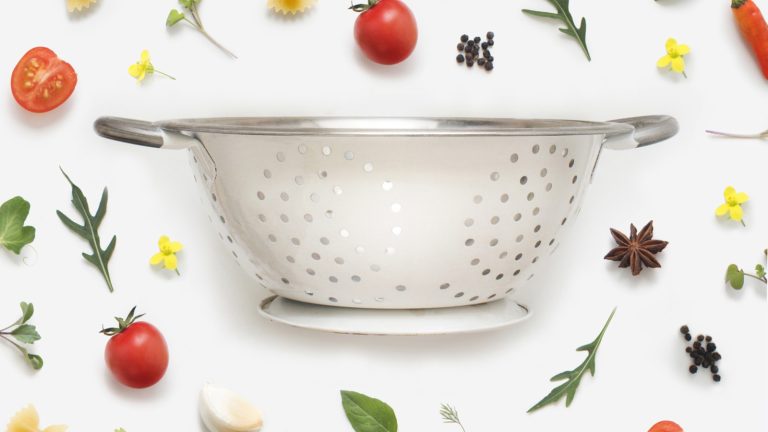We may receive a commission on purchases made from links.
There’s one culinary fact that seemingly everyone knows, even if they don’t know much about cooking, and that is to avoid raw or undercooked chicken. It’s a valid concern, with close to a quarter of all salmonella cases caused by eating chicken or turkey. What’s not such common knowledge is that pink chicken isn’t always a sign that the meat is underdone.
Young chicken meat in particular can have a pink tinge, as younger birds have thinner skin, which allows gases from cooking to penetrate and color the flesh. Chickens tend to develop more fat as they age, so you won’t see this as much in older birds. Nitrates and nitrites, which can be used as a preservative and occur naturally in plant-based chicken feed, will sometimes add a pink hue to the meat, which won’t disappear with cooking.
The cut of chicken and the way it’s stored can also impact the color of the meat. Dark meat, as the name suggests, will be a different color from breast meat, due to the presence of a protein known as myoglobin. Dark meat can also take on a pink color from bone marrow, which will often leak out if the chicken has been previously frozen.
How to ensure your chicken is safe to eat
So, if you can’t always rely on visual cues to cook your chicken, how do you know that your chicken breast is safe to eat? Some people swear by the juice test, but it can also be unreliable based on the same color factors mentioned above. The only true indication of safely cooked chicken is temperature. Chicken needs to reach a minimum of 165 degrees Fahrenheit throughout — which can be particularly hard to judge for bone-in pieces such as chicken thighs. A digital meat thermometer – like the Alpha Grillers Digital Meat Thermometer or the AMMZO Instant Read Food Thermometer – is the most convenient and accurate method when you’re using the stovetop or the air fryer, but if you’re roasting a chicken, you’ll need an oven-safe thermometer. (This one from Escali has the safe temperature for different meats listed on the dial.)
The benefit of using a thermometer is that it also prevents you from overcooking your chicken. The common concern about food poisoning can easily lead to people cooking chicken long past the point when it’s actually ready, resulting in dry, tough meat. With a meat thermometer, you can be confident in the safety of your chicken dinner, regardless of how it looks.






